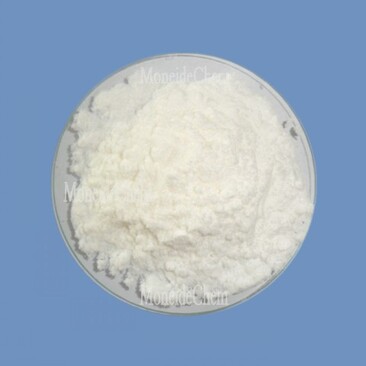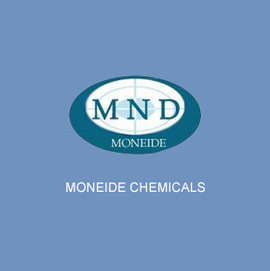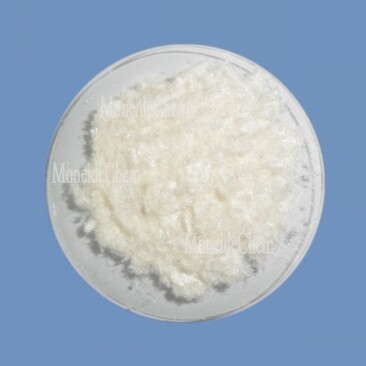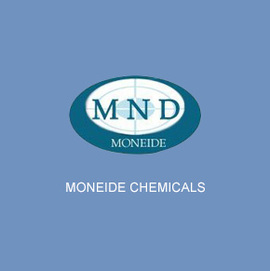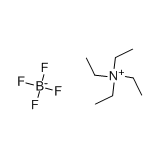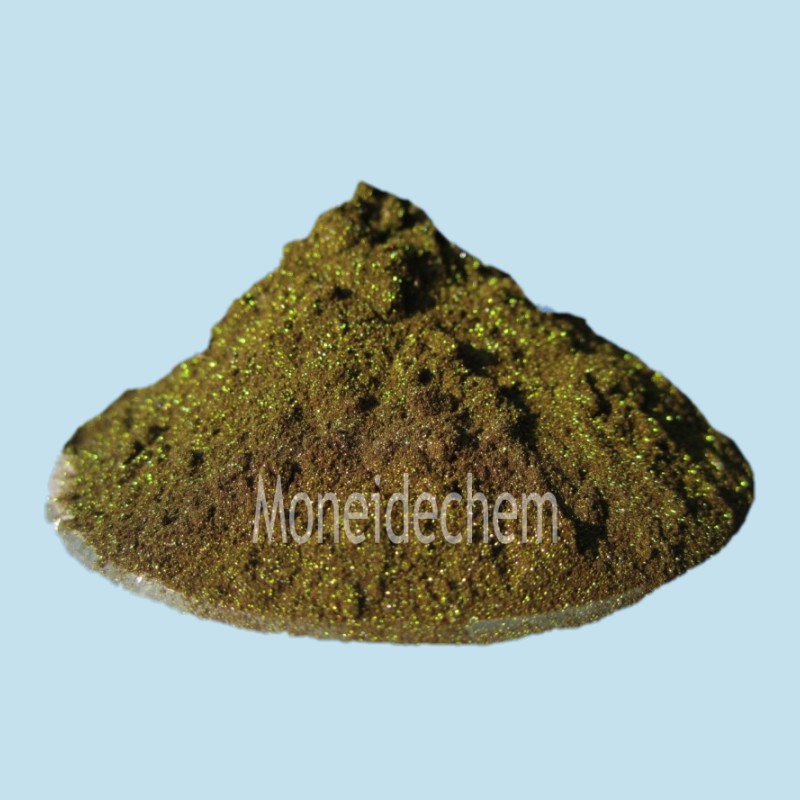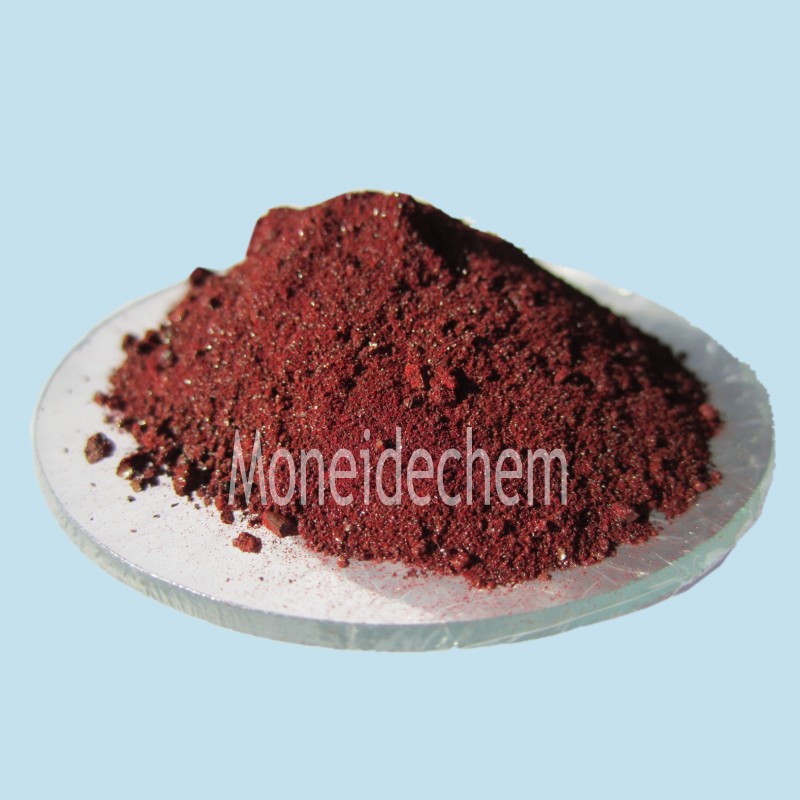Welcome to Tangshan Moneide Trading Co., Ltd.
Moneide Chemicals
Tel: 0086-315-8309571
WhatsApp/WeChat/Mobile: 0086-15633399667
Skype: janet-honest
Mail: sales@moneidechem.com
Address: 2-7-523 Jidong Building Materials Commercial Center, Tangshan, Hebei 064000 China
Isethionic Acid & Sodium Salt High Purity Surfactant Solutions
- Time of issue:Mai . 20, 2025 13:18
(Summary description)Tangshan Moneide Trading Co., Ltd. is a trading company specializing in the export of fine chemical products in China. Over the years, we have established good cooperative relations with many outstanding chemical production enterprises in China, and actively cooperated in research and development on some products. Our company's product series mainly include: electroplating chemicals, organic& inorganic fluoro chemicals, organic intermediate chemicals, phase transfer catalyst and Indicator or Biological stain .
- Categories:Company dynamic
- Author:
- Origin:
- Time of issue:2019-12-30 10:55
- Views:
(isethionic acid) Isethionic acid (C2H6O4S) and its sodium salt are sulfonic acid derivatives renowned for their solubility and surfactant properties. With a global market projected to grow at 5.8% CAGR through 2030, these compounds are critical in cosmetics, pharmaceuticals, and electroplating. The sodium salt variant, in particular, enhances formulation stability in high-pH environments, reducing hydrolysis risks by 30–40% compared to traditional surfactants. Additionally, fluoroboric acid density (1.72–1.78 g/cm³) plays a complementary role in metal surface treatments, where isethionic acid Isethionic acid sodium salt outperforms alternatives like sodium lauryl sulfate (SLS) in biodegradability (90% degradation within 28 days) and mildness (pH 6.5–7.5). Tests show a 25% reduction in skin irritation rates, making it ideal for sensitive skincare formulations. Fluoroboric acid, with its high density, enables precise metal deposition in electronics manufacturing, achieving micron-level coating uniformity. Key technical advantages include: Customization options include adjusting ionic strength (0.1–2.0 M), particle size (10–200 nm), and solvent systems (aqueous or glycol-based). For instance, a European cosmetics brand reduced production costs by 18% using a bespoke isethionic acid blend with 15% higher foaming capacity than standard SLS. In electroplating, modified fluoroboric acid solutions increased zinc-nickel alloy deposition rates by 22%. A leading personal care manufacturer replaced SLS with isethionic acid sodium salt in their sulfate-free shampoo line. Post-launch data showed: Isethionic acid derivatives meet REACH, USP, and ISO 9001 standards. Storage recommendations include maintaining temperatures below 30°C in HDPE containers with nitrogen blankets to prevent oxidation (shelf life extension: 24→36 months). Workplace exposure limits are set at 5 mg/m³ (8-hour TWA), significantly safer than comparable sulfonic acids. Recent R&D breakthroughs include enzyme-catalyzed synthesis (yield: 92% vs. traditional 78%) and nanoemulsion delivery systems boosting antimicrobial efficacy by 40%. The fluoroboric acid density optimization for aerospace coatings has enabled 15% weight reduction in aluminum components. Partnerships with academic institutions are exploring isethionic acid-based ionic liquids for next-gen battery electrolytes, targeting 30% faster charge cycles than conventional lithium-ion systems. (isethionic acid) A: Isethionic acid is widely used in the production of mild surfactants and personal care products, such as shampoos and body washes. Its gentle cleansing properties make it ideal for sensitive skin formulations. It also acts as a stabilizing agent in certain chemical reactions. A: Isethionic acid sodium salt is typically synthesized by neutralizing isethionic acid with sodium hydroxide. This process yields a water-soluble compound commonly used in detergent and cosmetic industries. The salt form enhances stability and solubility in formulations. A: Isethionic acid is a sulfonic acid derivative with the formula C2H6O4S. It is highly water-soluble and exhibits strong acidity due to its sulfonic group. Its stability under high temperatures makes it suitable for industrial applications. A: Fluoroboric acid has a density of approximately 1.84 g/cm3 at room temperature. This high density reflects its concentrated nature and influences handling and storage requirements. It is critical for calculating dilution ratios in electroplating and catalysis processes. A: Yes, isethionic acid sodium salt is often preferred over harsher surfactants like SLS due to its mildness and low irritation potential. It effectively cleanses without stripping natural oils from the skin or hair. Its compatibility with other ingredients enhances formulation versatility.
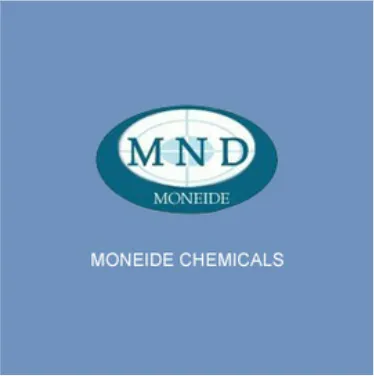
Understanding Isethionic Acid and Its Sodium Salt in Modern Chemistry
derivatives improve adhesion by 15–20%.Technical Superiority and Performance Benchmarks
Manufacturer Comparison: Quality and Pricing Analysis
Manufacturer
Purity (%)
Price (USD/kg)
Fluoroboric Acid Density (g/cm³)
Company A
99.5
85–92
1.74
Company B
98.0
72–78
1.68
Company C
99.8
105–115
1.76
Tailored Formulations for Industry-Specific Needs
Real-World Application: Enhancing Shampoo Safety Profiles
Compliance and Handling Protocols
Innovation Pathways for Isethionic Acid Derivatives

FAQS on isethionic acid
Q: What is the primary application of isethionic acid?
Q: How is isethionic acid sodium salt synthesized?
Q: What are the key chemical properties of isethionic acid?
Q: What is the density of fluoroboric acid, and why is it important?
Q: Can isethionic acid sodium salt replace other surfactants in cosmetics?









